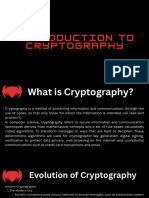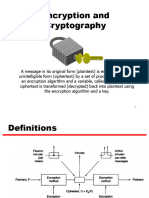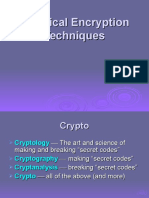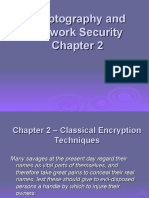0% found this document useful (0 votes)
21 views14 pagesCryptography DSL CTF 2025
Uploaded by
ev4nsbw4ly4Copyright
© © All Rights Reserved
We take content rights seriously. If you suspect this is your content, claim it here.
Available Formats
Download as PDF, TXT or read online on Scribd
0% found this document useful (0 votes)
21 views14 pagesCryptography DSL CTF 2025
Uploaded by
ev4nsbw4ly4Copyright
© © All Rights Reserved
We take content rights seriously. If you suspect this is your content, claim it here.
Available Formats
Download as PDF, TXT or read online on Scribd
/ 14
























































































